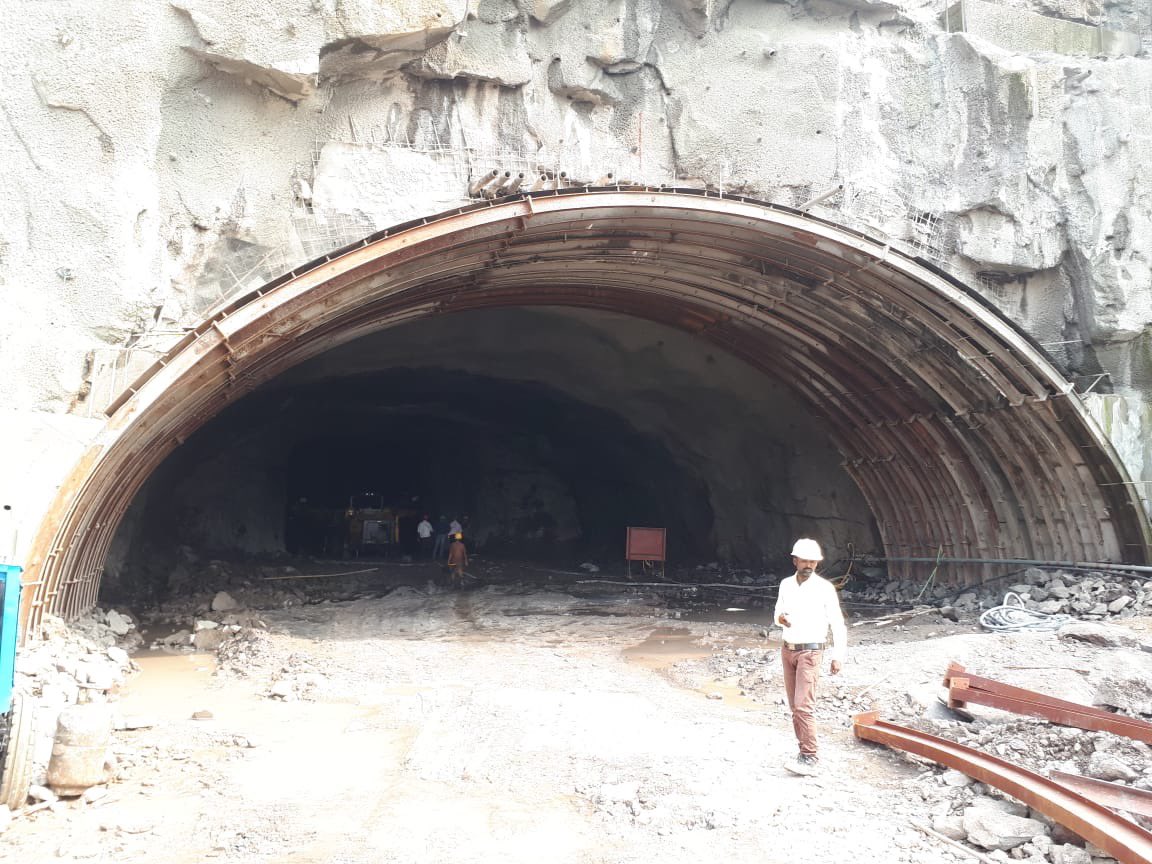
Hill infrastructure needs care: It is high time that we used tested sustainable solutions and ecologically proven techniques
Don't Miss
K K KAPILA, SNS, 3 Aug 21 : The recent incidents of landslides, cloudburst, flooding and falling rocks in the hill states of Himachal Pradesh, Uttarakhand and Jammu & Kashmir resulting in heavy loss of life and property has once again put the spotlight on the need for early detection, warning and prevention systems, and for adopting time-tested sustainable solutions including zoning maps of landslides, floodplain mapping and taking flood proofing measures.
It is high time that we used tested sustainable solutions and ecologically proven techniques for avoiding flood-related disasters each year and also turned to apt investigative tools in determining causes for failure. Depending on the causes, proven technologies that meet specific needs must he adopted so that the hill states that have borders with other countries have all-weather roads and sustainable infrastructure.
India accounts for about 18 percent of the total global fatalities due to landslides in the hills. Uttarakhand, Himachal Pradesh, J & K and Ladakh account for more than (35 percent of landslide areas in the country followed by the Northeastern Himalayas and Western Ghats.
Worldwide, to avoid loss of human life and damage to infrastructure, flood-plain mapping programmes and zoning of landslide and rock-fall prone areas are carried out. This is to generate and provide information to help minimize damages from floods, landslides and rock falls. With the help of floodplain mapping, zoning of landslide and rock fall prone areas, impact of damage to humans and property can be minimised by not allowing habitation and development in these areas.
Traditionally, natural events like rainfall and earthquakes are known to cause these large movements of rock, soil and debris. But construction of roads and buildings, mining and hydropower projects are now increasingly destabilising slopes, making them more susceptible to slippage.
Similarly for all-season sustainable roads and infrastructure in the hill states in the aftermath of natural disasters, there is a need to use non destructive and least invasive techniques to build roads in the hill states.
The Geological Survey of India (GSI) is presently working on a national landslide susceptibility map under which areas are divided into different zones according to probability of a landslide. It has already covered 85 percent of the entire 4.3 lakh sq km landslide-prone area of the country on a 1:50,000 scale map.
In recent projects for four-laning and six-laning of roads undertaken by the National Highway Authority of India (NHAI), hill cutting and widening works have been done using a combination of excavators, road headers and breakers. This minimises the extent of damage to the hill slopes. In combination with remedial measures such as concreting with wire mesh and rock bolting, use of rockfall nets, concrete cladding, and, most important, proper diversion of surface runoff through catch drains, chutes and toe drains on berms, stability has been provided to the slopes
Ideally the best way to develop roads in hills is by the use of tunnels and connecting via ducts. This minimises disturbance to the existing hill slopes. One of the best examples is the Kalka-Shimla Heritage Rail, the alignment of which comprises 103 tunnels crossing geologically weak strata. Despite being over 100 years old, this rail line had been closed on rare occasions indicating the robustness of the alignment in penetrating slopes in geologically competent formations and tunneling when such formations are unavailable.
However, economics often restricts development of such costly but far more permanent solutions. Thus, it is time that we adopt alternative technologies for our structures.
Another area for adopting alternative technology is the use of emergency bridges like A crow and bailey bridges, where bridges are immediately required in hill states after the damage. Modern emergency bridges, though costlier, give the advantage of two-lane traffic and allow heavier loads that match permanent bridges designed for National Highway requirements in an extremely short time frame, thereby giving early relief and restoring commercial activity which is very important in states where tourism is a major facet of the economy.
The writer is President. Emeritus, International Road Federation and former co-chairman. FICCI Infrastructure committee.


0 Response to " Hill infrastructure needs care: It is high time that we used tested sustainable solutions and ecologically proven techniques"
Post a Comment
Disclaimer Note:
The views expressed in the articles published here are solely those of the author and do not necessarily reflect the official policy, position, or perspective of Kalimpong News or KalimNews. Kalimpong News and KalimNews disclaim all liability for the published or posted articles, news, and information and assume no responsibility for the accuracy or validity of the content.
Kalimpong News is a non-profit online news platform managed by KalimNews and operated under the Kalimpong Press Club.
Comment Policy:
We encourage respectful and constructive discussions. Please ensure decency while commenting and register with your email ID to participate.
Note: only a member of this blog may post a comment.